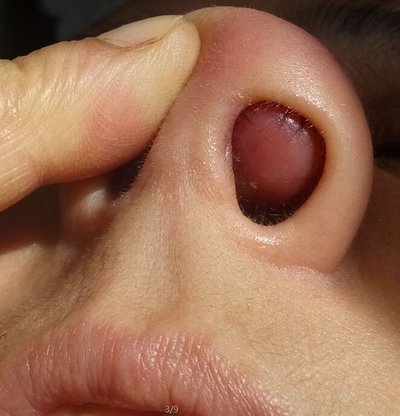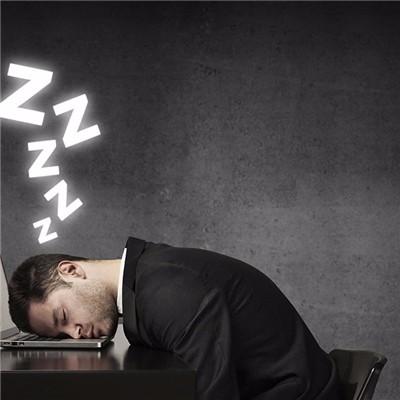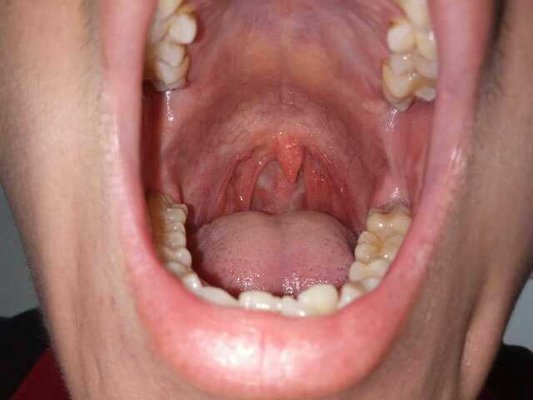What symptom is laryngospasm?
summary
Laryngopharyngeal spasm refers to the stimulation induced by blood, secretion or vomiting in the airway, central brainstem disease or airway operation, sputum suction under shallow anesthesia, oropharyngeal or nasopharynx airway placement, tracheal intubation or extubation on the laryngopharynx. It is mainly manifested as pharyngopharyngeal muscle twitch. This disease is mild patients with mild inspiratory wheezing, more serious patients can appear complete upper respiratory tract obstruction. So, what symptoms of laryngeal spasm? Let's talk about it
What symptom is laryngospasm?
Mild laryngeal spasm can be manifested as mild inspiratory wheezing, severe cases can appear complete upper respiratory tract obstruction. Although the former is not a fatal attack, improper treatment can rapidly develop into the latter. Complete upper respiratory tract obstruction is characterized by disappearance of inspiratory wheezing. It is particularly important that this kind of "silent" obstruction should not be mistaken for improvement of clinical manifestations.
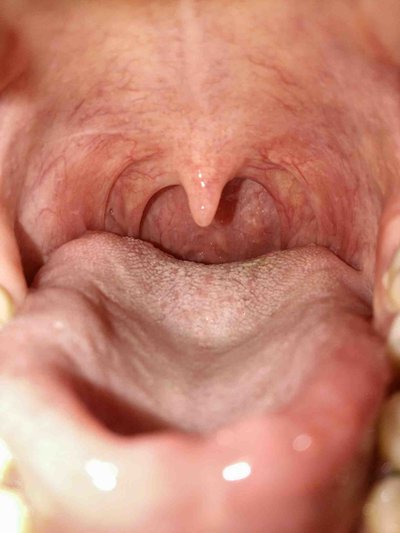
Sudden dyspnea at night, wheezing throat, cyanosis, panic. It lasts for a short time. When it is most difficult to breathe, it can be relieved by taking a deep breath. The child fell asleep and breathed as usual.
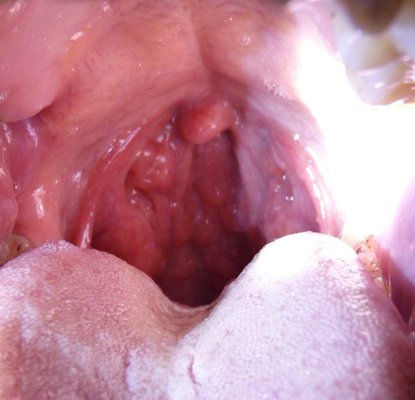
Laryngeal spasm is characterized by paroxysmal dyspnea, long and thick inspiratory with wheezing, intermittent dog barking on the exhalation, and short duration. It often ends after a deep inhalation and the breathing is normal.
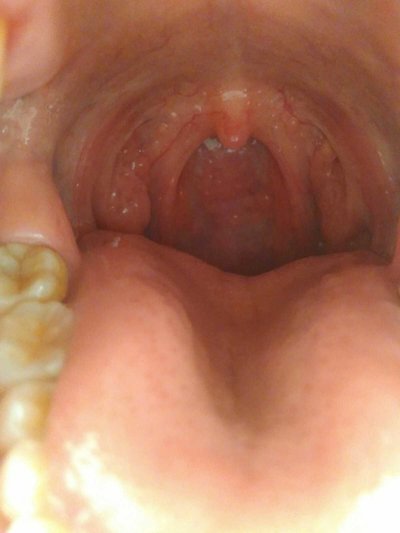
matters needing attention
Tracheal intubation and operation under light anesthesia should be avoided, and hypoxia and carbon dioxide accumulation should be avoided. Extubation is best performed when the patient is fully awake. Lidocaine can be used to prevent laryngeal spasm after extubation after tonsillectomy.
